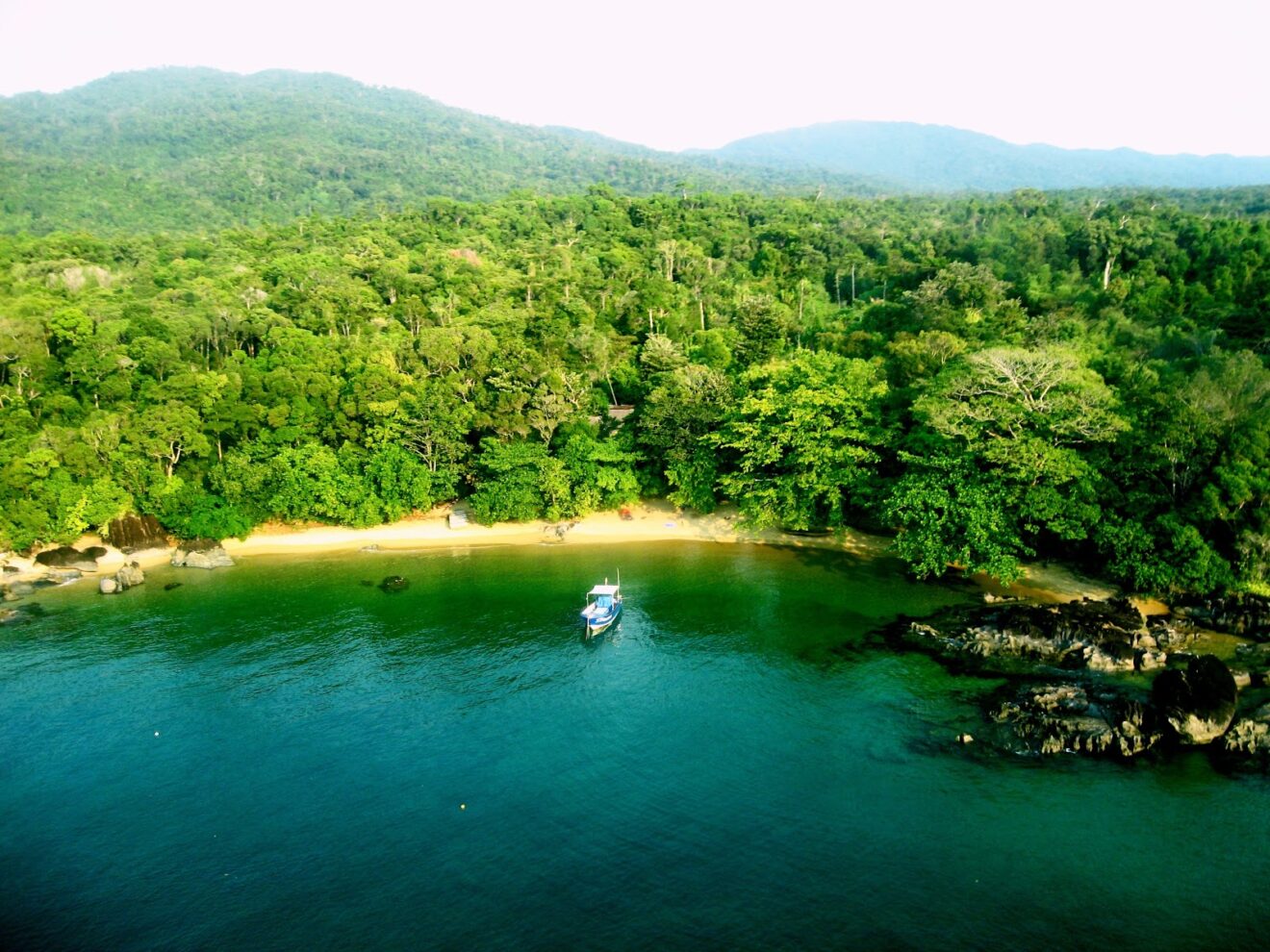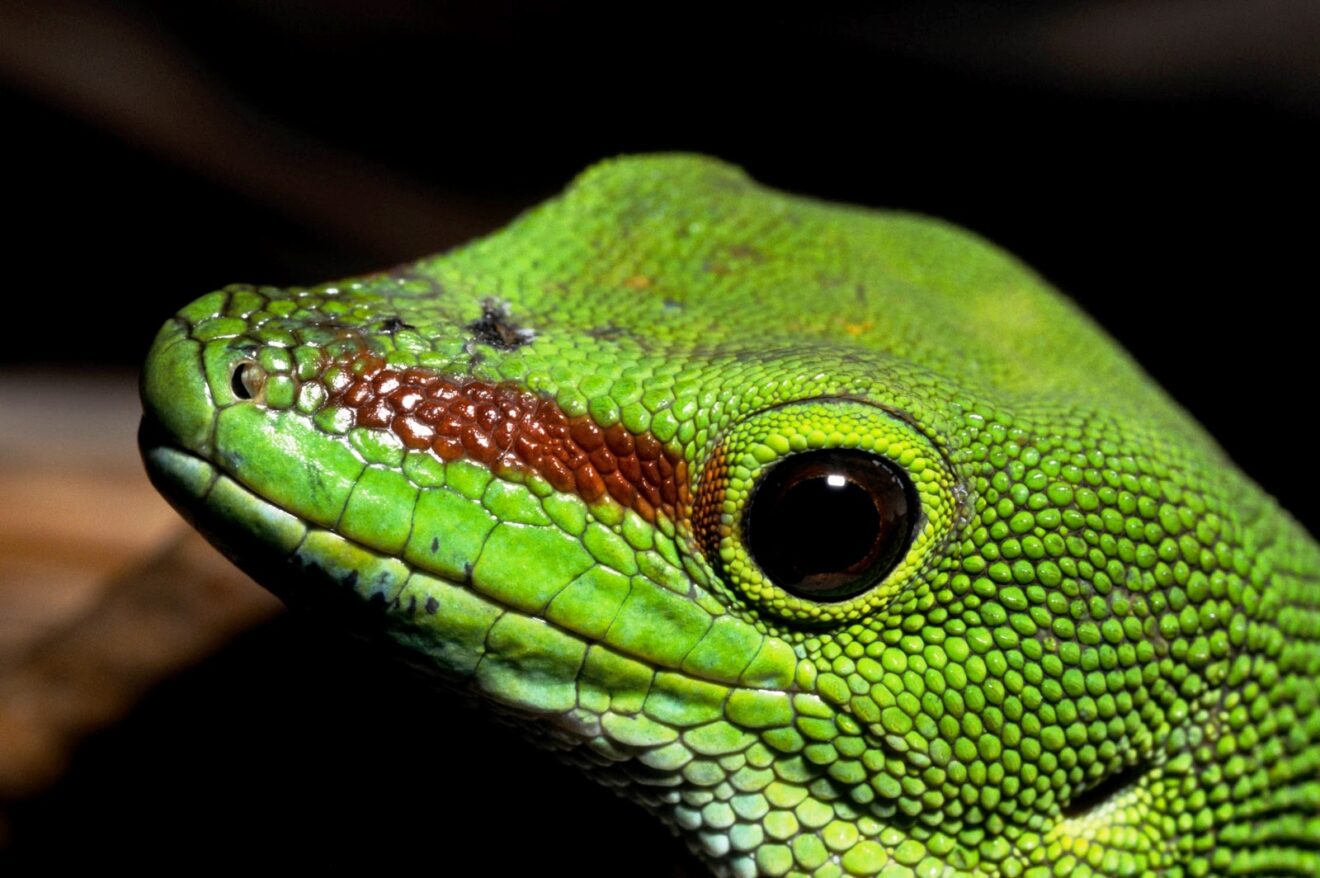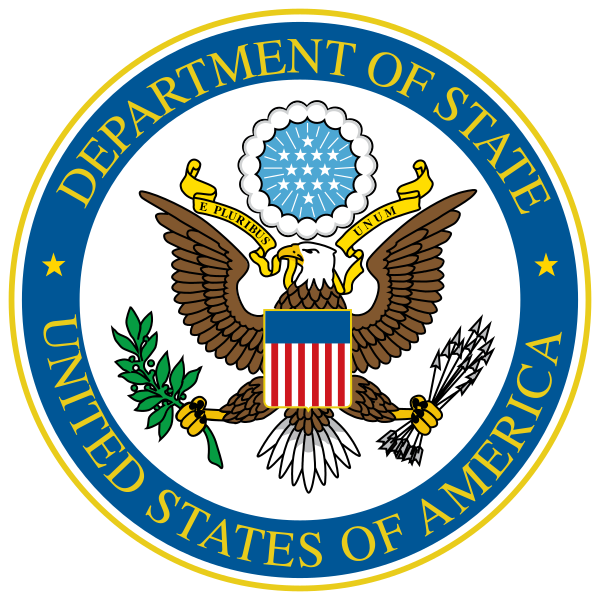Masoala National Park was created on the second of March, 1997 and it covers over 2.100 sq km. It is part of a greater area of protected regions for CAP Masoala and includes three small reserves situated on the coastline with rare coastal forest and mangroves; the island of Nosy Mangabe (5.2 sq km) and three marine reserves (90 sq km in total).
The perimeter of the national park and the reserve has been carefully defined and the corridors in between the zones guarantee the genetic exchanges necessary for plants and animals to reproduce.

There are also buffer zones created within the area so the local population can also collect products which are necessary for their survival, respecting the given quota.
Despite the creation of these reserves and the national park, the rainforest is under constant threat. Patches of rainforest are set on fire to create agricultural land, wood is chopped illegally and there is an overexploitation of the natural resources as well as poaching of lemurs and civets as well as overfishing. There is an estimated loss of twelve football terrains per day. Besides poaching, agriculture and others, cyclones also create havoc. It is therefore essential to have enough surveillance, but also to encourage local eco-initiatives and also invest in social projects and help people improve their agricultural techniques and invest in environmental education.

Antananarivo is often the start of your travel to Masoala. Most people go in a small plane from Antananarivo to Maroantsetra, where the park administration and guides are based. This small town is the ideal departure point for your visit to the Masoala National Park. There are several kinds of accommodation available. From Maroantsetra there are several excursions possible such as a visit to Nosy Mangabe and the coastal zone between Ambanizana and Antalaviana. You can also do a walk for several days from Maroantsetra and Ambohitralanana, including a visit to the Bevontsira falls. When you are visiting Masoala you will be treated to an immense botanical diversity. You will see many orchids and over fifty species of palms. One of the rarest species is the takhtajan, which was only discovered in 2000.
Animal lovers can see up to eleven kinds of lemurs in the area, as well as mongoose, civets, tenrecs and a wide variety of birds, reptiles, frogs and others. With a little bit of luck you might also see the aye-aye, one of the most elusive lemurs in the area. You will most likely see tenrecs, which are nocturnal, but can also be seen during the day. Look out for couas, vangas, parrots and other remarkable birds as well as reptiles such as leaf-tailed geckos or frogs like the tomato frog. We can also find crocodiles in the rivers, which are a subspecies of the Nile crocodile. In the ocean we can find many marine mammals such as the humpback whale and at least 22 species of dolphins!

















